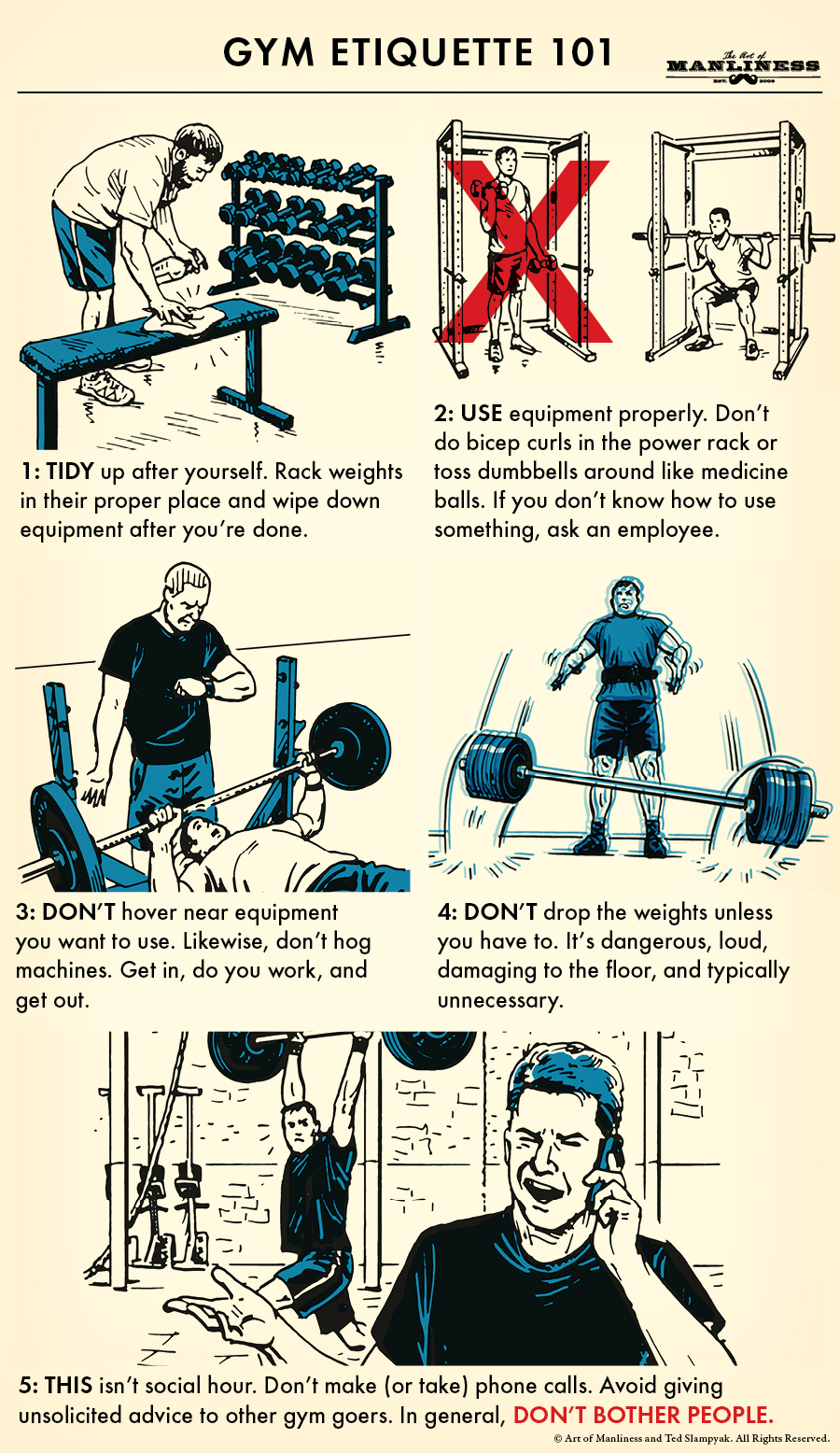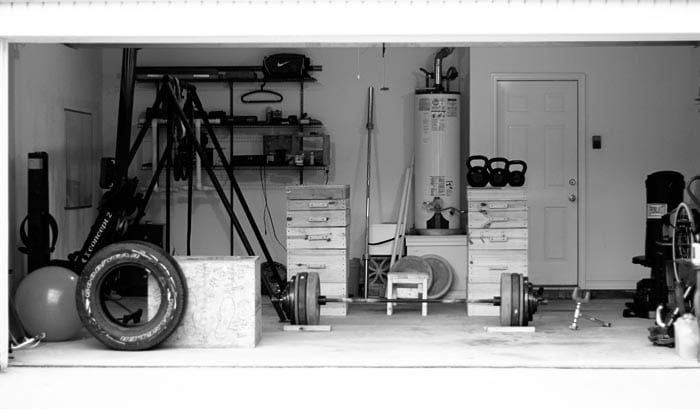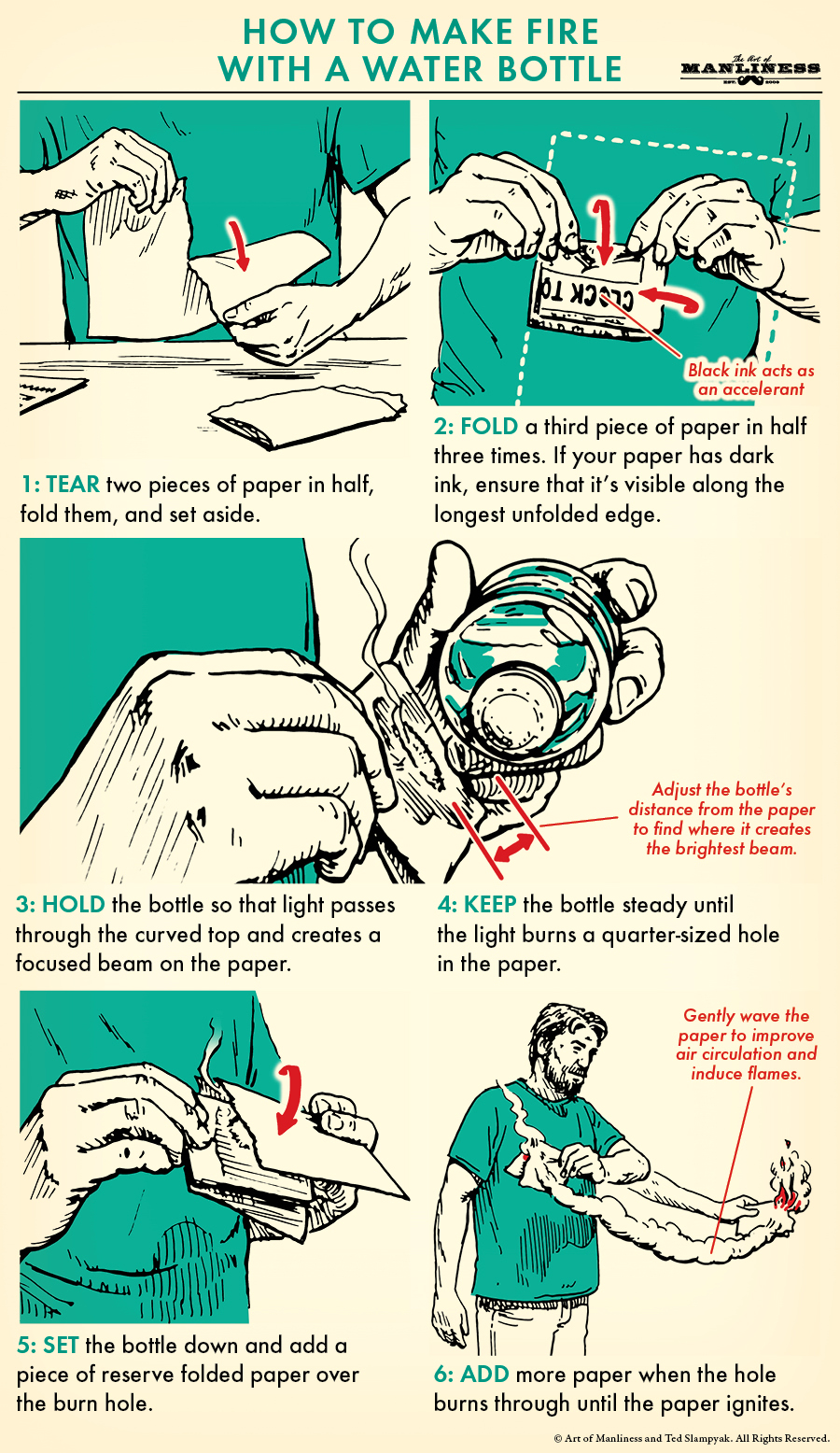
Editor’s Note: This is a guest post from Tim Chilcote.
Forget the first rule of Fight Club (“You do not talk about Fight Club.”). You’re going to break it all the time. You’ll talk at dinner parties, you’ll share tips and advice with members of your club, and you’ll have to explain to nosy neighbors why grown men are beating on each other in your driveway. No, instead, focus on a much more important rule of fight club: don’t get hit. Defense is everything, particularly when dealing with amateurs. You don’t want anyone to get injured, so first and foremost, you’ll need to keep your hands up.
I was first introduced to boxing by the University of Notre Dame Bengal Bouts. I was a slow, out-of-shape grad student trying to keep up with young, athletic undergrads. I was, I’m certain, one of the worst boxers in the program’s storied history. But my boxing skills didn’t matter nearly as much as the workouts themselves: two grueling hours, five days a week, of push-ups, sit-ups, sprints, jumping jacks, and sparring. Those workouts pushed me to my physical limits and helped me find a fighting spirit — an invaluable discovery. And beyond the workouts, nothing awakens the spirit so much as a good punch to the jaw.
Years later I found myself back in the gym, trying to stay in shape, doing the same boring exercises we all see repeated at every gym out there: bench press, curls, squats. All the usual, boring routines. Then a few friends and I decided to get together and punch each other, and the old passion was reawakened. Even if you never become an expert of the sweet science, do yourself a favor, and get together to punch your friends.
What Fighting Teaches Us

Boxing is a great way to stay in shape. The cardio benefits of its training (jump-rope and jumping jacks) are fantastic, and nothing gets the heart pumping like a good sparring session. The amount of energy you’ll expend moving your legs and trying to outwit your opponent may be the best workout around. Beyond the obvious health benefits, there are plenty of other reasons to start a Fight Club. Here are a few:
Celebrate Your Animal Instincts: Men are wired to fight, but we so rarely get the chance in the modern world. Boxing, as Hemingway knew, is a pillar of manhood — a way for men to enjoy competition and to experience, in some way, our most primal instincts while in the confines of a relatively safe, regulated environment.
Commitment: Doing anything, week in and week out, requires commitment. And when that commitment requires you to get punched in the face…talk about dedication. Whether you have work or family obligations, if it’s raining or snowing, if you’re tired or your attention is elsewhere, you’ll find it nearly impossible to let the Fight Club down. When a group of men are willing to stand in your garage, in sub-zero temperatures, and glove-up — well, how can you say no to that?
Overcoming Nerves: Do you ever get stressed before a big presentation at work, or before a final exam in school? Fight Club will teach you to keep your cool during high-stakes situations, because Fight Club simulates the highest of stakes. A friendly Fight Club may never get close to the ultimate situation of do-or-die, but even during a casual sparring session, the same fight-or-flight instincts take over. Learning to manage your fear and remain calm in the ring will inform the rest of your life. Next time you walk into a meeting, you’ll know how to stick and move, and you’ll remember to touch gloves at the end.

Humility: Boxing will embarrass the hell out of you. Here I am losing in my first Bengal Bouts fight. We can’t all be winners. Sometimes we’re overmatched, sometimes it’s the luck of the draw. Often, though, losing is our own fault, due to lack of preparation. Either way, it’s important to get your ass kicked from time to time. See what it means to get knocked down, then go to your corner and figure out why. If you’re doing Fight Club right, you will lose — even if losing means just one jarring punch. Humble yourself.
Camaraderie: You never really know a man until you’ve traded blows. It’s the best way to seal a friendship, really. You find out what they’re capable of taking, of dishing out, and what they’re capable of holding back. The full gamut of emotions is discernible in every sparring session, right down to every punch. But what’s most apparent, when you touch gloves at the end, is how much you actually care for and respect one another. It’s almost a way of saying: “I’m willing to let you hit me and I’ll still go to bat for you.” Imagine how loyal a friend that breeds.
Stress Reduction: At our core, we’re animals. We need to release something primal. Even at a low intensity sparring session, hitting (and being hit, believe it or not) makes all the stresses of the day go away — it quite literally knocks the worry right out of you. In the ring it’s just you and your opponent and everything else fades into the background. You’ll not experience a more peaceful hour than in the wind-down after Fight Club.
Rallying the Troops
Boxing isn’t for everyone. Find a small group of guys (4-6) who are in similar physical health, and who are kind-hearted enough to take a punch without holding a grudge, and brave enough to throw a punch without feeling guilty. These kinds of guys are, surprisingly, few and far between. Getting the group together may well prove to be the most challenging fight of all
If you’re inexperienced, find a trainer in the area who can teach you proper boxing technique, as well as set expectations for the intensity of your weekly training sessions. Just ten sessions with a good trainer will get you off and running. Once you’re able to maintain quality workouts on your own, bring your trainer back as your skills improve, for nuanced advice and as a test to make sure you’re maintaining a reasonable level of intensity.
Outfitting Your Gym
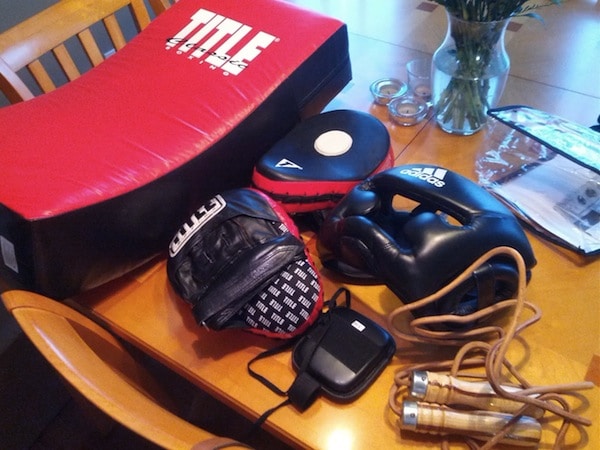
Fight Club isn’t a fashion show. You don’t need much to get started — gloves, headgear that protects the orbital bones, mouthpieces, and a heavy bag should be enough. Frankly, to really get started you don’t need much more than a few guys and a willingness to do push-ups.
As you get more serious about turning your garage into a home gym you might invest in a medicine ball for team exercises, pads for glove-work, mats for crunches, jump ropes, a battle rope, and a pull-up bar. Hand-wraps and tape are also essential for protecting your knuckles and wrists during sparring sessions and bag work. And, if you live in a state as cold as my dear Michigan, consider purchasing a space heater for your garage. Winter should never stop you from working out.
You’ll find most of what you need at Title MMA or at a local sporting goods store.
Training with Friends, Punching Your Friends
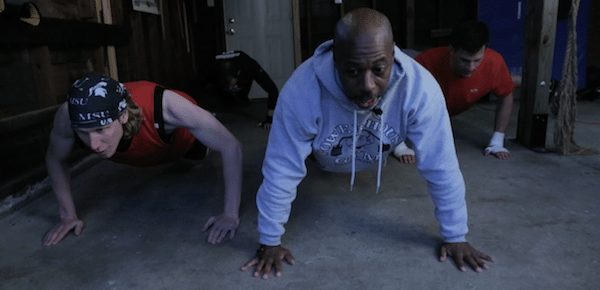
To enjoy all the health and mental benefits of Fight Club, keep the intensity as high as possible for the full workout, somewhere between an hour and an hour and a half, for a man of decently good health.
Warm-up: To start, as a team, rotate together through a circuit of jump rope (100 rotations), push-ups (20), and crunches (25) for 10 full rounds.
Stretching: Follow that initial warm-up with a good stretch of the neck, back, legs, wrists, and shoulders to prepare for your second circuit.
Team training: For your second circuit, it’s another team workout. Three full rounds of exercises (like chest passes) with a 15-pound medicine ball, pull-ups and chin-ups, 60 seconds of battle rope, knee raises and bear walks, and 60-second rounds on the heavy bag, as your space and equipment allow.
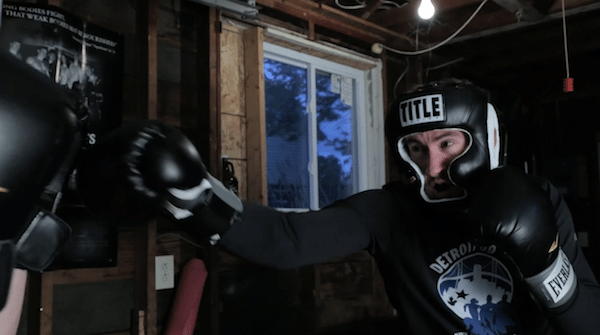
Sparring: Now that you have a full sweat going, and now that your arms are good and tired, it’s time to punch your friends. Again, keeping your hands up is the most essential skill for any boxer. The key is to not get hit. That fact will become glaringly obvious after you get hit a few times. Start with three 1-2-minute rounds, with a 1-minute rest between rounds. You’ll be amazed how quickly your legs will fail on you, and how long a minute can last. Work your way up to 3-minute rounds over time.
Introductory Videos
To help you get started, here are four basic punches, as well as an introduction to combinations and light sparring, presented by our trainer, Master T:
Jab
Cross
Hook
Uppercut
Combinations
Sparring
Glove-work and pads: If you have any energy left after three rounds of sparring, hold pads for your workout partners and focus on technique. If you can keep your form while fatigued, you’ll be a much more capable fighter in the ring. Close your workout with another good stretch, and make sure you’re not bleeding too bad before returning home to your family.
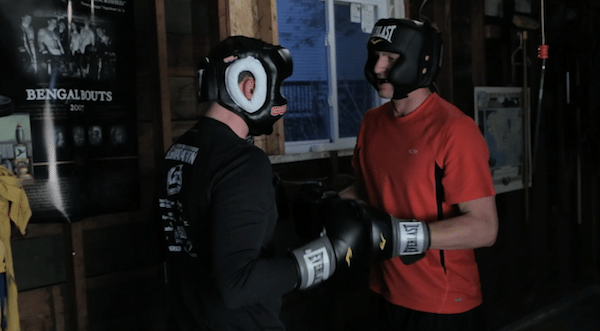
Above all, don’t sweat the details — just sweat. You’re not a pro. Fight Club is not about winning or looking cool. Fight Club is about getting in the ring, getting in shape, and learning something about yourself. If nothing else, you’ll have something to talk about. Forget the first rule.
________________________________
Tim Chilcote is a writer based in Michigan. Follow him on Twitter @TimChilcote. Special thanks to videographer Nathan Rockwell and Fight Club members Brian Doughty, Matt Mergener, and Rob Filipp.




